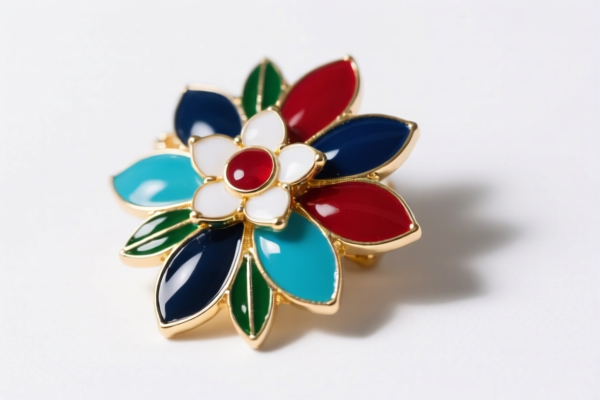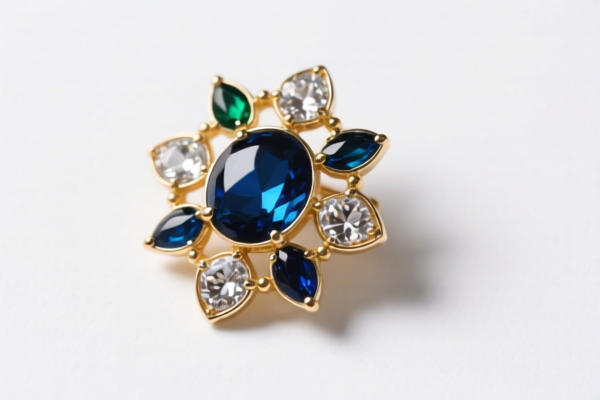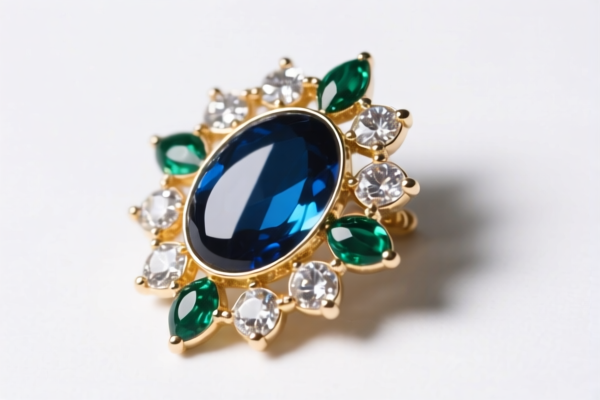| HS Code | Official Doc | Tariff Rate | Origin | Destination | Effective Date |
|---|---|---|---|---|---|
| 7419801500 | Doc | 58.0% | CN | US | 2025-05-12 |
| 7508905000 | Doc | 58.0% | CN | US | 2025-05-12 |
| 8306290000 | Doc | 30.0% | CN | US | 2025-05-12 |




Okay, let's break down the classification and potential duties for your declared item "BROOCH" based on the provided HS codes. Here's a detailed analysis, presented in a structured format to help you understand the implications:
Understanding HS Codes & Tariff Structure
Before diving into specifics, it's important to understand the HS (Harmonized System) code structure. These codes are internationally standardized and used to classify traded products. The first two digits generally indicate the chapter, the first four digits the heading, and the first six digits the subheading. More digits may be used for further specificity.
Analysis of Provided HS Codes & Your "BROOCH"
Based on the descriptions, here's a breakdown of each HS code and how it might apply to your brooch, along with key considerations:
-
Articles of jewelry and parts thereof, of precious metal or of metal clad with precious metal (HSCODE: Not Provided)
-
Chapter 71: This chapter covers articles of jewelry, including brooches, made of precious metals (gold, silver, platinum, etc.) or metals clad with precious metals.
- Key Consideration: If your brooch is made of gold, silver, platinum, or is plated/clad with these metals, this is the most likely classification.
- Action Required: You must determine the precise precious metal content (e.g., 18K gold, 925 silver). This will dictate the specific subheading within Chapter 71 and the applicable duty rate. Different precious metal compositions have different tariff rates.
-
Potential Duty: Duty rates vary significantly based on the metal content.
-
Other articles of copper (HSCODE: 7419.80.15.00)
-
Chapter 74: This chapter covers articles of copper.
- 7419: Specifically covers other articles of copper.
- 7419.80.15.00: Containers of a kind normally carried on the person, in the pocket or in the handbag.
- Applicability: This code is unlikely to be correct for a standard brooch unless it's specifically designed as a container (e.g., a locket-style brooch).
-
Duty: * Basic Duty: 3.0% * Additional Duty: 25.0% (until April 2, 2025) * Additional Duty: 30.0% (after April 2, 2025) * Total Duty: 58.0%
-
Other articles of nickel (HSCODE: 7508.90.50.00)
-
Chapter 75: This chapter covers articles of nickel.
- 7508.90.50.00: Other articles of nickel.
- Applicability: This code is only appropriate if your brooch is primarily made of nickel. This is less common for brooches.
-
Duty: * Basic Duty: 3.0% * Additional Duty: 25.0% (until April 2, 2025) * Additional Duty: 30.0% (after April 2, 2025) * Total Duty: 58.0%
-
Bells, gongs and the like, nonelectric, of base metal; statuettes and other ornaments, of base metal; photograph, picture or similar frames, of base metal; mirrors of base metal; and base metal parts thereof (HSCODE: 8306.29.00.00)
-
Chapter 83: This chapter covers miscellaneous articles of base metal.
- 8306.29.00.00: Statuettes and other ornaments, and parts thereof.
- Applicability: This code is a good possibility if your brooch is made of a base metal (e.g., brass, pewter, alloy) and is considered an ornament.
- Duty: * Basic Duty: 0.0% * Additional Duty: 0.0% (until April 2, 2025) * Additional Duty: 30.0% (after April 2, 2025) * Total Duty: 30.0%
Recommendations & Next Steps
- Material Composition is Key: The most important factor is determining the exact material composition of your brooch. Is it precious metal, copper, nickel, or a base metal alloy?
- Precious Metal Testing: If you suspect precious metal, consider having it professionally tested to determine the karat/fineness.
- Review the HS Code Explanatory Notes: Refer to the official HS Code Explanatory Notes for Chapter 71 (if applicable) for detailed guidance on classifying jewelry.
- Consider a Binding Ruling: If you are unsure about the correct classification, you can apply for a binding ruling from your local customs authority. This provides legal certainty.
- Check for Import Restrictions: Ensure there are no specific import restrictions or requirements for brooches in your destination country.
- Invoice Accuracy: Ensure your commercial invoice accurately describes the material composition and value of the brooch.
Disclaimer: I am an AI assistant and cannot provide definitive customs classification advice. This information is for general guidance only. You should consult with a qualified customs broker or your local customs authority for specific advice tailored to your situation.
Customer Reviews
The mention of a binding ruling was a great addition. It gives a clear next step if someone is still unsure about the correct classification.
I especially liked the note about checking for import restrictions. It’s easy to forget those after focusing on the HS codes and tariffs.
The detailed breakdown of HS Code 71 for precious metal brooches was exactly what I needed. I now know where to look for more specific subheadings.
It was a bit confusing why there are so many HS codes for brooches. I would have liked a simpler way to decide which one applies to my product.
The page gave a clear comparison of the different HS codes for brooches, especially the 58% tariff on the copper and nickel ones. Great for avoiding surprises at customs.